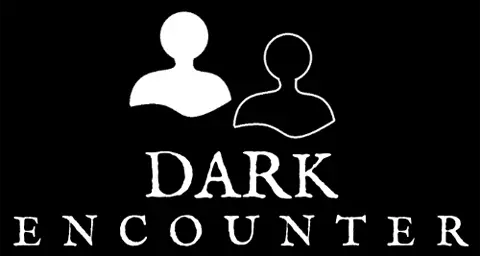Writing horror stories can be tricky because we all know what fear is, but how do you write it? Here is a simple approach to help you sort your scares into three types or stages.
Orson Scott Card talks about the three stages of fear in the book Maps In The Mirror.
Dread
He says that the first kind of fear is dread. This is the strongest of the three types.
Dread is when you know something bad is going to happen, but you don’t know what it is.
It could be that something is lurking in the dark but you just can’t tell what it is. Or it could be the feeling of being watched when you can’t see who is there.
Dread corresponds with H. P. Lovecraft’s famous quote:
“The oldest and strongest emotion of mankind is fear, and the oldest and strongest kind of fear is fear of the unknown.”
Read about Cosmic Horror here
Dread preys upon your mind. It is the main kind of fear used in psychological horror, which many believe is the scariest genre for horror stories.
Often, dread is caused by something out of place. For example, when you hear a noise in your house while you think you are alone.
Dread is primeval. It is our instinctive need to see the unknown as a potential threat to our survival.
Terror
You experience terror when you have identified the thing that is making you afraid.
Terror is the second stage of fear and it corresponds with knowing there is a threat but feeling helpless against it.
You experience terror when you see a man step out of the shadows with a knife.
Unlike dread, terror is hyper-focused. All of your attention is on the threat, sometimes causing you to become paralysed.
You do not become paralysed with dread because you don’t know what is scaring you. Instead, you would become overwhelmed, and maybe, overcome with a sense of futility.
But with terror, you can become paralysed like a deer in headlights.
With terror, you have to perform and you may not be up to the challenge.
Read about Creating Suspense here
A classic example of terror is in a movie like Jaws. Even when the victims know there is a shark in the water, they often can’t get away fast enough because they have to swim through the water.
Another great example of terror is in a dream sequence where the protagonist is being chased but cannot seem to run properly.
To write terror well, you must identify the threat, at least to some degree, and provide an obstacle or reason why the protagonist can’t escape or fight.
This tactic is often used in movies where the female protagonist falls while being chased. Although that is a tired cliche, the basic principle is sound.
Terror is best used when the protagonist begins to understand the malevolent forces against him or her.
Horror
Horror is experienced in the aftermath of terror. We feel horror towards something that has already happened.
To feel horror we must witness the scene of destruction after a tragedy has occurred.
If dread is a sense of wariness and terror is getting ready to take action, then horror is a sense of repulsion. Horror is our instincts telling us to stay away.
Horror is often about the damage left behind. We may write about a mutilated corpse or a blood-spattered room. If you write about the events that caused these things, you are writing terror.
A good way to think of horror is like a scene where a predator in the wild attacks its prey. You may hear the animals screaming and fighting. You may hear some grunting and growling followed by some screeches.
Then it goes quiet. If you come across the scene of the attack, all you will see is some broken foliage and debris strewn around. Maybe there is some blood.
You may never know what animals were here. All you see are the signs of violence and you are left to wonder what happened. That is horror.
It isn’t necessarily about you or the protagonist. It is just something that happened and your instincts warn you to stay away.
Here is a video that talks more about these concepts:
Bringing it all Together
Use these concepts to control the flow of horror in your stories.
You can start with Dread. Set up a dangerous situation for your protagonist, but don’t reveal the source of the danger. Reveal clues one at a time so that your protagonist begins to feel lost.
Next, build up the Terror by revealing the threat. Raise the stakes and make it seem impossible to beat.
Then, bring on the Horror by showing the aftermath. What is the protagonist faced with after the monster has shown up and wrecked everything? Use the tragedy or devastation to elicit the emotion of horror in the reader.
These concepts are a great way to think about fear and will, hopefully, help you organise your storytelling. Use them as the basis for your next horror story. Happy writing.




